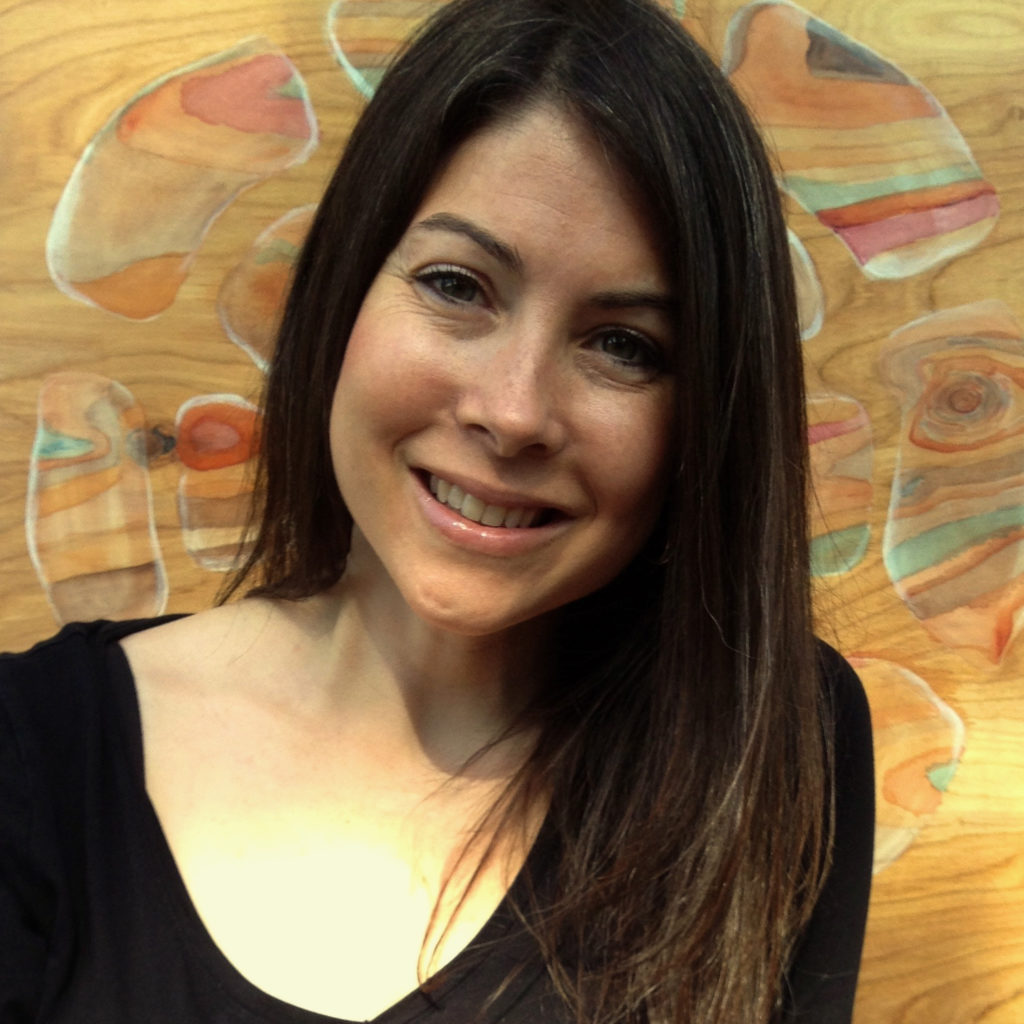
I dream about it. The perfect place to teach and learn. A district that celebrates the arts. I fantasize about amazing arts facilities and resources for my students. I long to feel valued and supported as a teacher. I am a bit jealous when I visit a school district that has an amazing gallery space, a well outfitted recording studio, an orchestra, a black box theatre, or a dance studio. If you are an arts educator, chances are you can relate. Too many of us teach in underfunded programs with meager facilities and resources. It’s easy to complain about all of the challenges that face us as arts educators. Believe me, I am guilty of my fair share of complaining. I am sure you won’t be surprised to learn that venting my frustrations did not help to improve the arts in my district or community.
I found myself with a choice. I could either complain or I could be an agent for change. I asked myself this question, “What actions could I take that would positively change the landscape of arts education in my school district and community?” At first it felt like a loaded question and a daunting task. I wasn’t even sure where to begin. Could I even articulate my vision for a perfect place to teach and learn in the arts?
Don’t feel overwhelmed. I began by using MAEIA (Michigan Arts Education Instruction and Assessment Project) tools. MAEIA resources are free for your use and have been designed to support your work advancing arts education in your schools and communities. You can always reach out to MAEIA personnel and request additional support.
I have come to value the word- “place.” It is a powerful word. “Cultural geographers, anthropologists, sociologists and urban planners study why certain places hold special meaning to particular people or animals. Places said to have a strong “sense of place” have a strong identity that is deeply felt by inhabitants and visitors.” Consider the impact of place as you envision your perfect place to teach and learn. Here are some steps that may guide your journey.
Step 1. Assemble
Assemble a team of people who are passionate about the arts in your school and community. Be inclusive; invite all arts teachers, invite students, invite parents, invite administrators, invite community organizations, invite community leaders. I believe collaboration is an essential component to any great endeavor.
Step 2. Envision
Read and reflect on the Michigan Blueprint of a Quality Arts Education Program tool (see link below). Have dialog as a group about your greatest dreams and vision for your district arts program. Imagine what could be.
https://maeia-artsednetwork.org/wp-content/uploads/2016/05/MAC-Blueprint-Document-2016-May112016.pdf
Michigan Blueprint of a Quality Arts Education Program—a goal-setting document for arts education program and school improvement purposes. The Blueprint describes the highest standards of successful arts education programs in dance, music, theatre and visual arts along seven criteria that are aligned with the Michigan School Improvement Framework.
Step 3. Reflect
Complete the program review tool (see link below). This tool collects data that can be used to determine the strengths and weaknesses of your current arts program. This is a wonderful process that provides insight into your program and promotes healthy dialog about program improvement. I cannot stress the importance of this tool. This process empowers arts educators to have conversations with administrators and school boards about the quality of their arts program. Arts educators can make statements that are supported by data from a State funded arts assessment tool. Share your findings with colleagues, administrators, and the school board.
Note: The PRT tool is moving from paper and pencil to a web-based assessment tool. Please contact the MAEIA administrative team before beginning the PRT process to see if your team is able to use the web-based version.
Step 4. Develop
Develop a District Arts Plan. Communicate the vision of your arts team with all stakeholders. Ask to meet several times a year with your school board members and present annually to the school board. Here is a link to my favorite reference resource for developing an arts plan.
https://www.americansforthearts.org/blog-feed/five-fundamentals-to-creating-a-district-arts-plan
Step 5. Connect
Connect with other arts educators and be involved in arts education and advocacy in Michigan. Meet artists, take classes, go to performances, create.
Amy Lynne Pobanz is a visual arts educator and MAEIA Leadership Fellow with over 20 years of experience teaching in traditional, virtual, and blended learning environments.
A downloadable pdf of this article is available here: Pobanz_ThePerfectPlacetoTeachandLearn.
Click here for a Printer friendly version of this article.

Leave a Reply
You must be logged in to post a comment. Don't have an account? Register Here.